Specifications
malaysia palm oil refinery1.good market
2.pure oil quality
3.adapt to many kinds vegetable oil
4.professional
malaysia palm oil refinery
Our main business:
• 10-500T/H oil material first cleaning,drying and storage section turn-key project.
• 100-3000 T/D oil pretreatment, shelling and pre-press workshop turnkey project (soybean hot peeling, bean skin crushing; the soybean extrusion, high oil contained pre-press cake extrusion, and high oil contained embryos puffed; of direct puffed). Rice bran production line turn-key project.
• Leaching workshop turnkey project (Towline extractor, Rotocel extractor, loop type extractor, DTDC separated machine, the full negative pressure evaporation, paraffin wax recovery, leaching workshop degum, phospholipid concentrate).
• 30-1000T/D oil continuous grade two or one physical (chemical) refining production line.
• 10-600T/D sunflower oil, rice bran oil, corn germ oil dewaxing turn-key project
• 10-200T/D Fatty acid esterification production cooking oil production line.
the gate of our factory

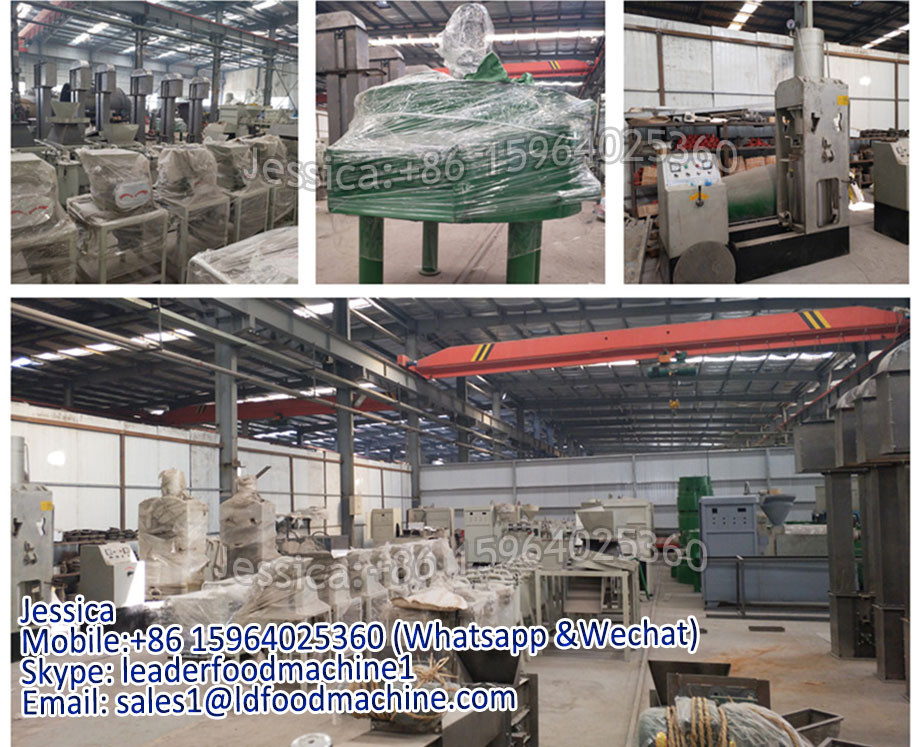
What is Refining?
The crude oil obtained either from expellers or solvent extraction plant contains impurities, which must be removed to
make the oil edible, more palatable and stable against rancidity upon storage. The process of removing these
impurities is called refining.
Refinery methods of oil refinery:
1)chemical refining 2) physical refining 3)chemical-physical refining
The classical alkaline refining method usually comprises the following steps:
The classical alkaline refining method usually comprises the following steps:
Step 1.Degumming with water to remove the easily hydratable phospholipids and metals.
Step 2.Addition of a small amount of phosphoric or citric acid to convert the remaining non-hydralable phospholipids (Ca, Mg salts) into hydratable phospholipids.
Step 3.Neutralising of the free fatty acids with a slight excess of sodium hydroxide solution, followed by the washing
out of soaps and hydrated phospholipids.
Step 4.Bleaching with natural or acid-activated clay minerals to adsorb colouring components and to decompose hydroperoxides.
Step 5.Deodorising to remove volatile components, mainly aldehydes and ketones, with low threshold values for
detection by taste or smell. Deodorisation is essentially a steam distillation process carried out at low pressures
(2-6 mbar) and elevated temperatures (180-220°C).
Regard refinery flowchart:
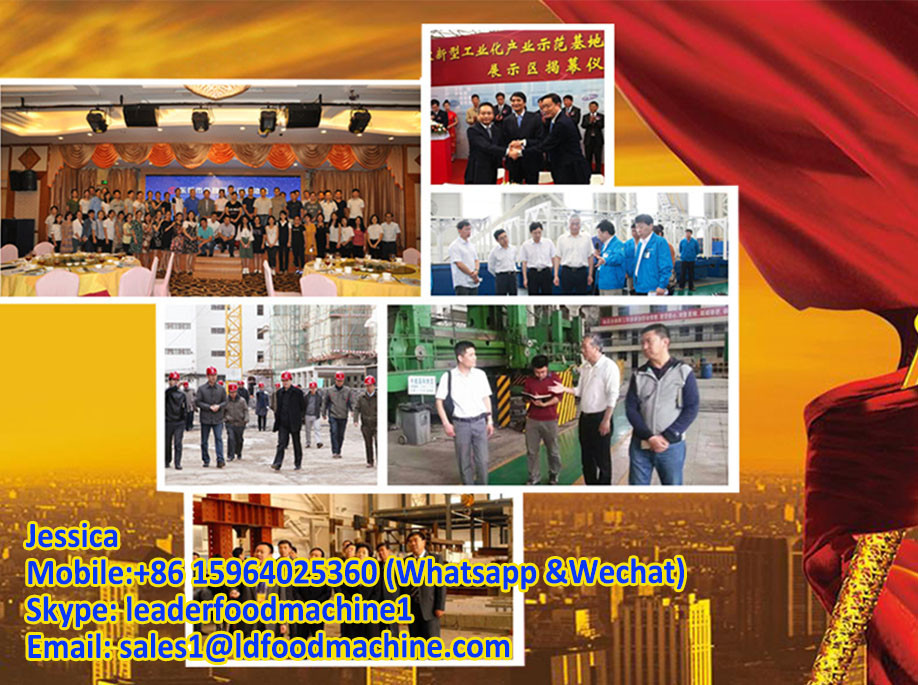
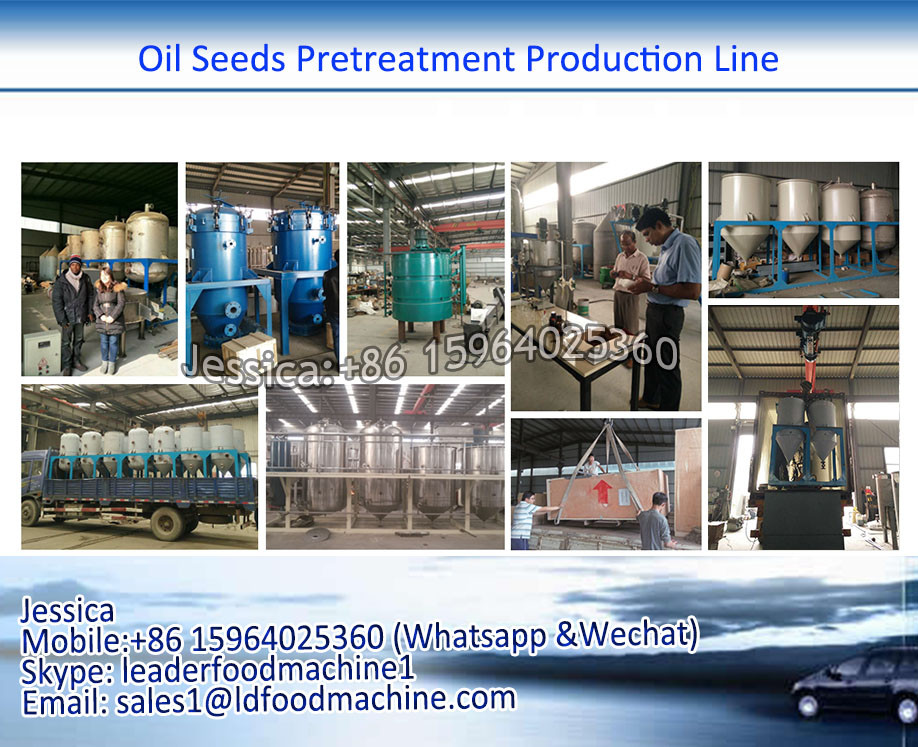

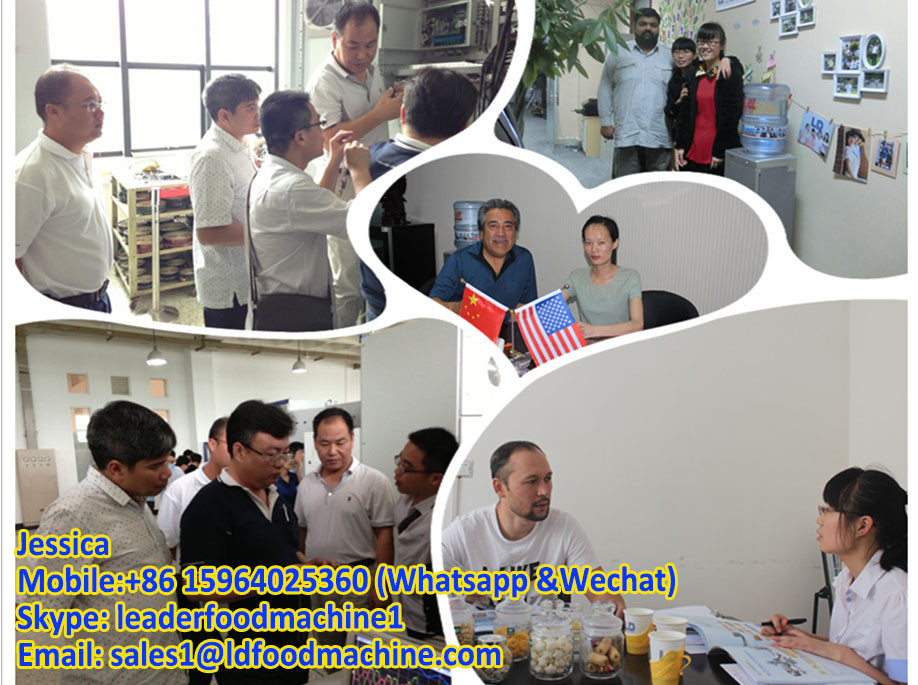
For some oils, such as sunflower oil or rice bran oil, a clear table product is obtained by a dewaxing step or
crystallization of the wax esters at low temperature, followed by filtration or centrifugation.
Continuous Refining Deodorizing Process:
The qualified decolored oil enters into the spiral plate heat exchanger to recover most of the heat, and next goes to
high pressure steam heat exchanger to be heated to the process temperature (240-260°C) and then enters the deodorization tower. The upper layer of combined deodorization tower is the packing
structure which is mainly used to remove the odor producing components such as free fatty acid (FFA); the bottom
layer is the plate tower which is mainly for achieving the hot decoloring effect and reducing the peroxide value of the
oil to zero. Oil from the deodorization tower enters into the heat exchanger to recover most of the heat and makes
further heat exchange with crude oil, and then is cooled to 80-85°C through the cooler. Add the required antioxidant and flavor agent, and then cool the oil below 50°C and store it. Such volatiles as FFA from the deodorizing system are separated by the packing catcher, and the
separated liquid is FFA at low temperature (60-75°C). When the liquid level in the temporary tank is too high, the oil will be sent to the FFA storage tank.
regard oil refinery equipment
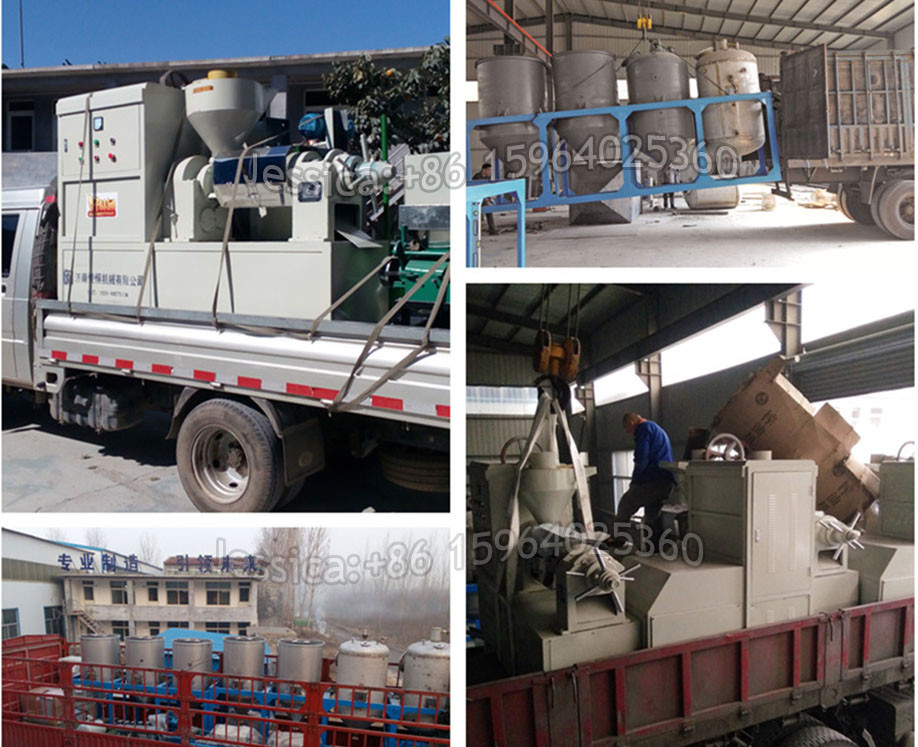
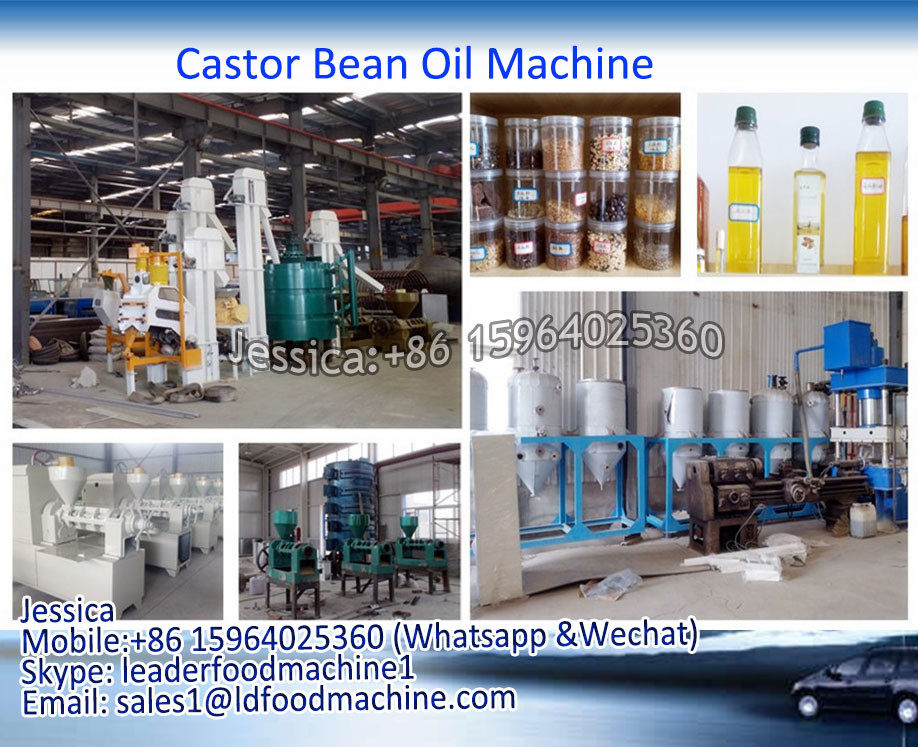

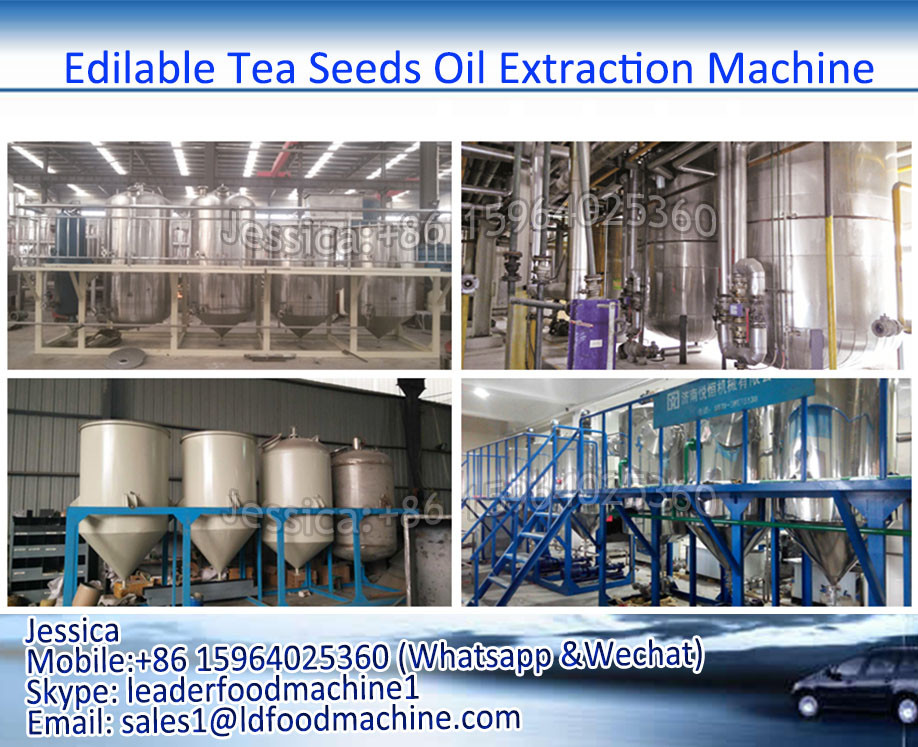
automatic control

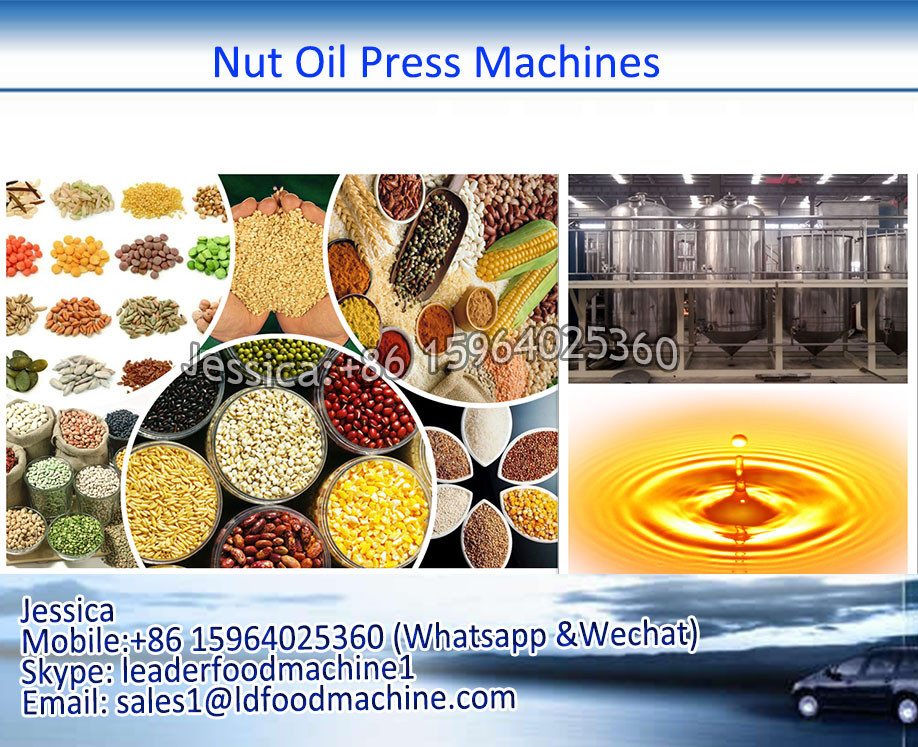
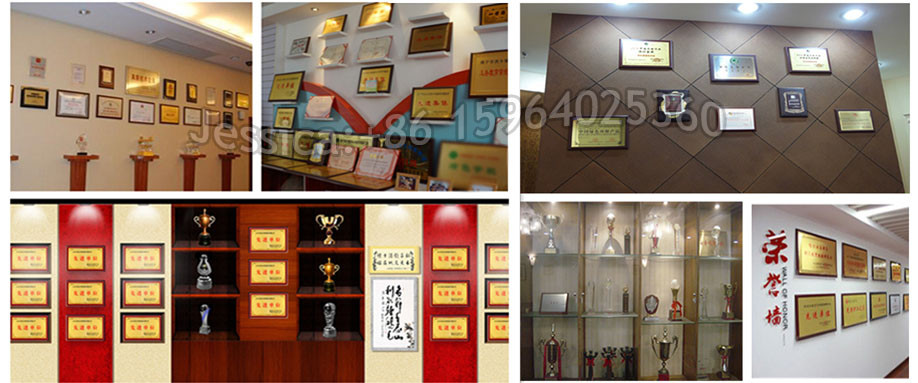
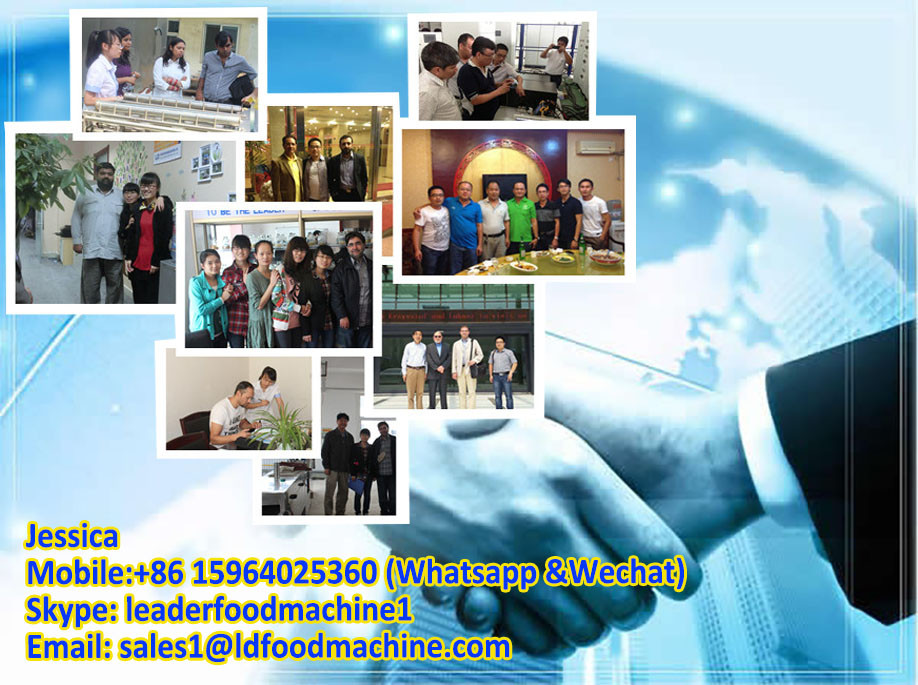
our contract to buid oil plant
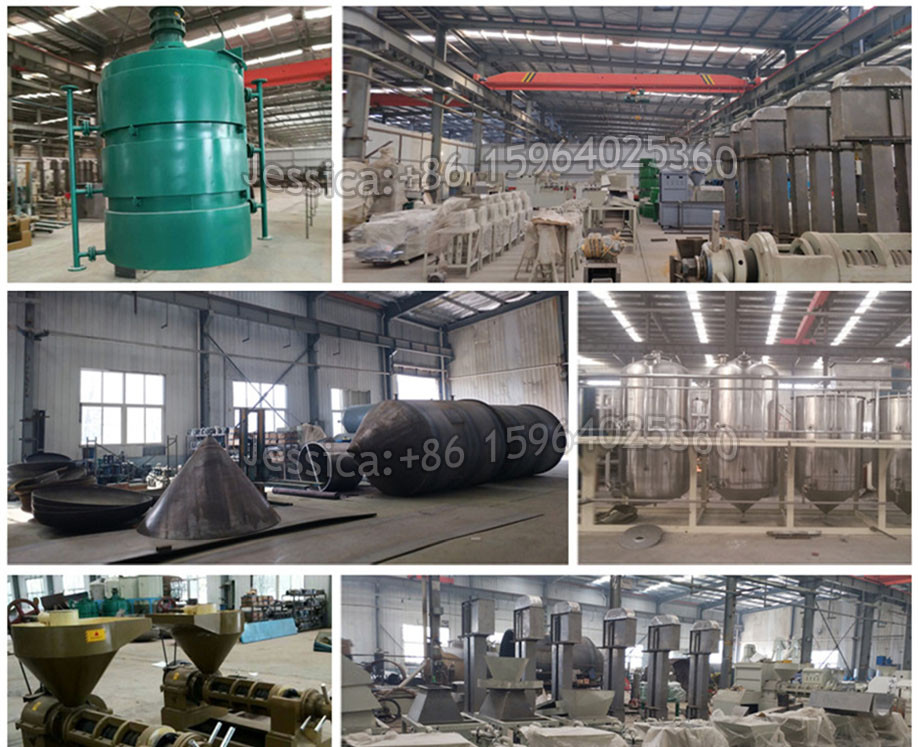

our company cetificates


We can suppy the full and complete turn-key project about all kinds of vegetable oil machinery,If you have any needs ,please contact me ,don't miss our good production and good service!

